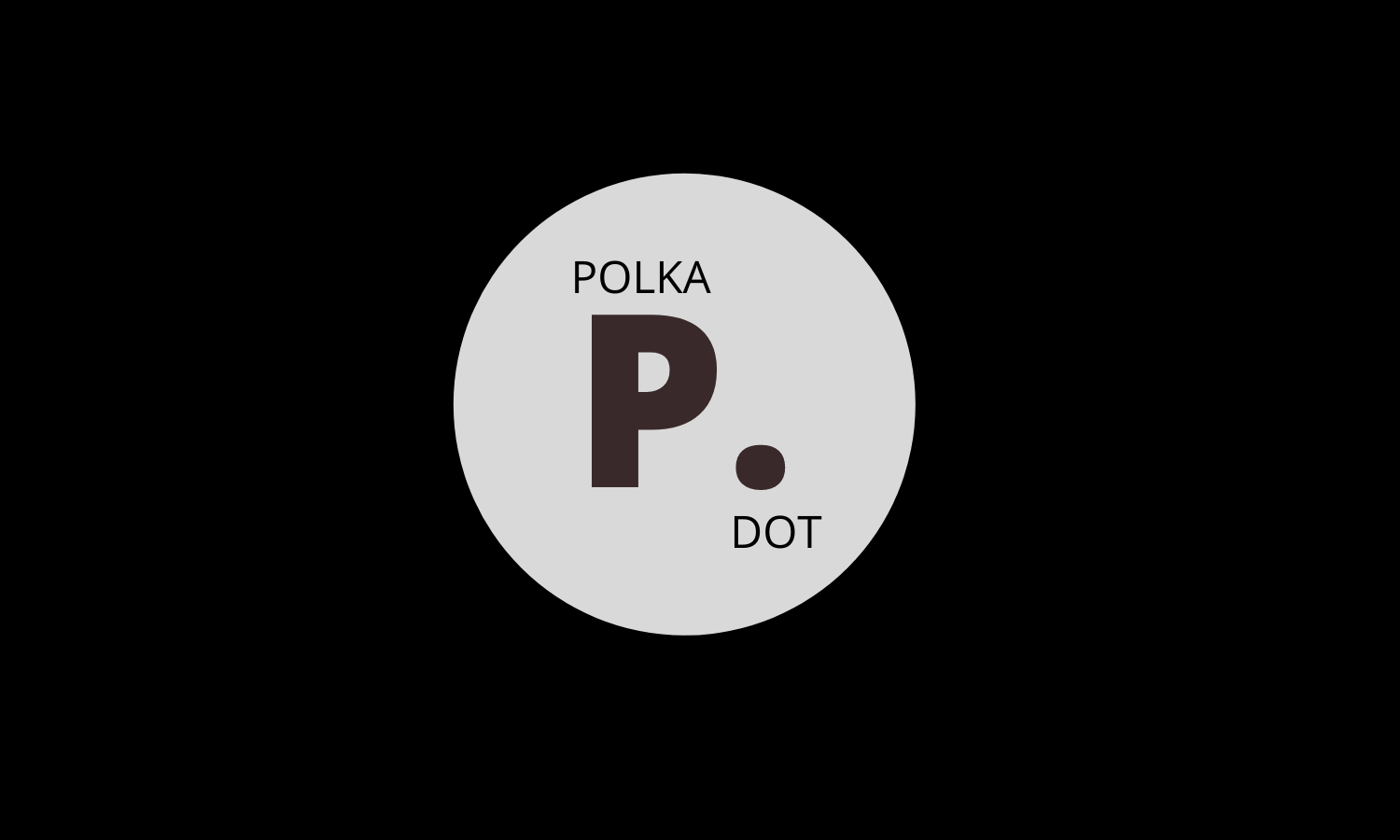What is Polkadot ( DOT )?
Polkadot is a program that seeks to incentivize a network of computers to operate a distributed ledger on top of which users can create a blockchain of their own. … The main network is called a relay chain, where transactions are permanent, and user-created networks are called parachains.
DOT History:
Gavin Wood, Robert Habermeier, and Peter Czaban founded Polkadot with Thiel Fellow Gavin Wood. In addition to founding Ethereum, Gavin also served as the Ethereum Foundation’s first Chief Technology Officer.
Dr. Wood and his team pondered how sharding would affect a blockchain while developing Ethereum and developing the new Ethereum 2.0 specification incorporating sharding. DOT Protocol is a heterogeneous multi-chain framework that took him about four months to develop from its conception to its white paper. On November 14, 2016, Wood published its Polkadot whitepaper.
It’s a concept pioneered by Dr. Wood and coined ‘Web 3.0’ which the technology that surrounds Polkadot will help support. Following Polkadot, Substrate, which is an efficient way to build your blockchains, was developed; similarly, Kusama, an independent technology that makes use of untested versions of Polkadot as a testbed for bleeding-edge innovations.
DOT Goal:
Polkadot wants to become the internet of blockchains that will seamlessly interact with one another. There are many platforms already out there, like Ethereum or Cardano, you may question why do we need something like that. DOT is a blockchain platform designed for certain purposes but not all, in a secure and fast way.
The future Ethereum (even Ethereum 2.0 with improved transaction speeds) won’t be able to handle billions of smart contracts for that many different applications – it is not only not going to be efficient, but it also will not scale properly either. So, welcome to the DOT Foundation, whose vision is to provide a platform where all the different blockchains can live under one roof and address any project you may have in mind.
Is there anything special about DOT?
TheDOT protocol simplifies the communication among multiple blockchains and enables them to work together, making it the next generation of blockchain technology. … There are four parts of the Polkadot network that are critical: Relay Chain, Parachain, Parathread, and Bridge.
Relay Chain:
Relay chains are key to Polkadot’s network because they bind the parachains and act as a bridge between them. As a result, the validation chain is accepting blocks from all parachains, therefore providing the network with security.
Parachains:
A Parachain is an independent blockchain that runs on top of the Relay Chain to offer chain-specific features to the Polkadot network. In the network, each parachain will serve a unique function – think of implementing smart contracts on one, providing a stable coin for payments between chains on another, and creating a parachute chain that will enable decentralized energy.
Parathreads:
Parathreads, while similar to parachains from a technical perspective, differ dramatically in terms of cost. For parachains to become members of the network, they have to compete in auctions. Those with parathread slots, however, can lease them almost immediately for a few hours.
As a result, some of those projects will benefit from trying out the Polkadot network before purchasing an expansive parachain slot, whereas others may run for a parathread before going to auction.
Bridges:
Is it possible for a blockchain platform to run completely apart from other, already established networks? Certainly not, and that’s why there’s a special parachain in the Polkadot, called the bridge. Connecting already-running blockchains to Polkadot will allow token transfers between the Polkadot ecosystem and the outside world (like BTC and ETH).
A Governance System Using DOT
Participants need to understand clearly how to implement the changes with a well-defined governance system. On-chain encoding of formalized rules ensures these rules are followed and actors are held accountable. Polkadot will begin with a comprehensive set of formalized rules when it launches after genesis because formalizing a system in-situ is extremely difficult.
A key element of Polkadot governance is stake-weighted voting, whereby holders of DOTs vote for community referenda based on their stakes. Polkadot requires majority agreement to make any changes. Several sophisticated mechanisms are utilized in this process, which we will describe later in this article, that is highly different from other recent coin-voting mechanisms being used in this early stage of on-chain governance blockchains.
Nevertheless, a community’s awareness of how to govern a large network will be improved as it learns from its experiences in governing Polkadot.
Do you want to invest in DOT?
DOT solves certain problems related to blockchains, such as those that cause them to be slow and clogged. It is a sharded, heterogeneous blockchain, making it fast and scalable. Upgrading blockchains is another issue. On-chain problems also pose a challenge when it comes to deciding how to proceed.
A powerful set of functions can be utilized by Defi programs with Polkadot. Having the ability to create individual blockchains will have some very interesting uses.
Instead of creating their native para chain, some teams select a Defi-chain architecture for the DOT ecosystem. In Defi, liquid staking makes up one sub-category. Staking sign holders will be able to gain instant liquidity through a tradable synthetic token without being locked in.
Despite the possibility of centralization, token holders have a strong advantage. Projects at Polkadot Defi are not just copies of existing concepts, but they develop entirely new concepts as well. Stability expenses are accumulated in a system treasury until a CDP is locked.


